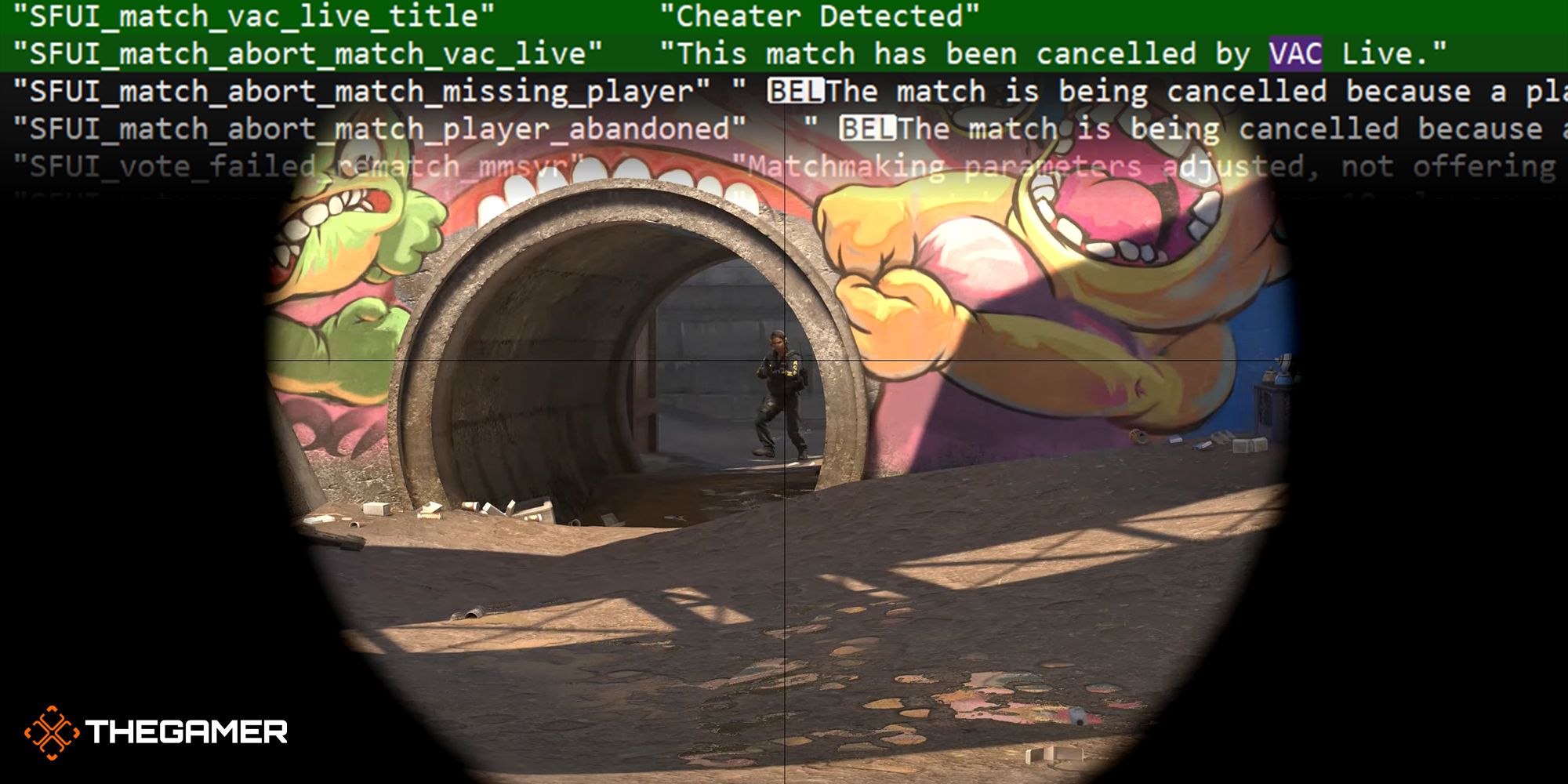Counter-Strike: Global Offensive currently uses Valve Anti-Cheat, or VAC, a system first released back in 2002. Much like CS:GO, VAC has been continually updated since the game's release to keep the ever-present threat of hackers at bay, and while it hasn't always been successful, it’s a good first defense before a report gets sent to human moderators for adjudication.With the announcement of Counter-Strike 2, it seems like VAC is getting a substantial upgrade. Valve is apparently confident enough in the new anti-cheat system to let it cancel matches when a cheater is detected.Twitter user Aquarius is a full-stack developer and Counter-Strike player that has gotten access to CS2’s code, either directly by getting an invitation to the limited test or by torrenting the files online. They’ve found references to something called "VAC Live" as well as in-game messages for what it would do if it detects a cheater.
The first message players would see is "Cheater Detected," followed by, "This match has been canceled by VAC Live." This would be a stark departure from the current system which suspends or bans individual player accounts once VAC detects something amiss. This new system seems to go a step further by ending the match immediately, something that no other anti-cheat software does.
It's possible that VAC Live's match cancelation feature would only be active in competitive matches. Or it's possible that server admins would be able to adjust the cancelation feature to be on or off depending on their preferences. Or it might not be in the final release at all. The torrented CS2 release is an early version and might not necessarily be what we see when Counter-Strike 2 arrives this summer.
Oh, and if you’ve already been banned from CS:GO for cheating, there’s no second chances for CS2. Valve’s FAQs confirm that lifetime bans from VAC are being transferred over to VAC Live when CS2 has its full release.

